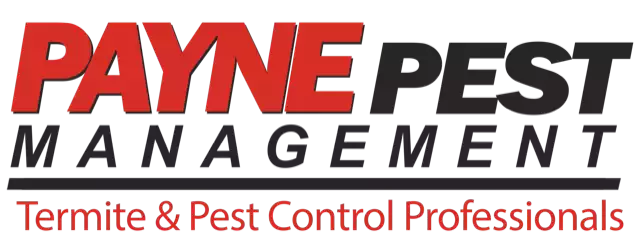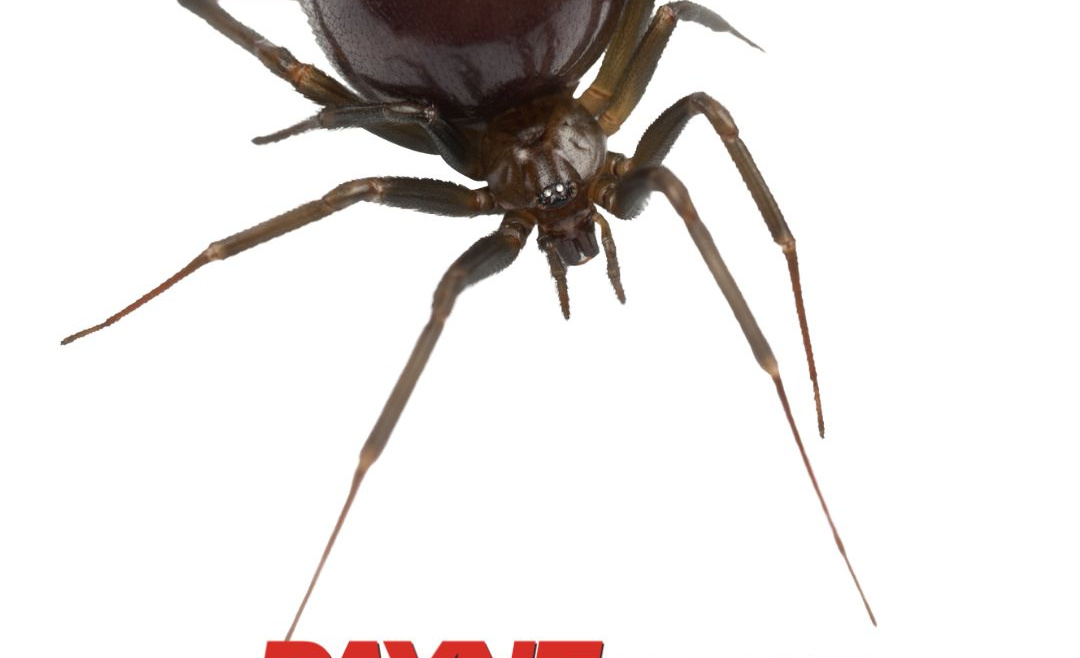In any home, spotting a spindly eight-legged resident is as inevitable as it is unnerving. We’re diving into the spider kingdom today, looking at the tapestry of species you might encounter in the Golden State of California. Homeowners often face the choice between DIY spider control and reaching out to professional pest management services. Here’s why an expert’s touch might be the best way forward.
Spiders — Nature’s Silent Roommates
California is home to a diverse range of arachnids, from the iconic Black Widow to the elusive and gentle Giant House Spider. But with this diversity comes the potential for serious infestations that can pose a risk to both property and personal well-being.
The Black Widow (Latrodectus mactans)
Easily recognizable by the characteristic red hourglass marking on its abdomen, the Black Widow is notorious for its venom, which can pose health risks to young children, the elderly, and those with compromised immune systems. Often secretive, they prefer to inhabit undisturbed areas like garages, basements, and woodpiles.
The Brown Recluse (Loxosceles reclusa)
Although not as common as its Black Widow cousin in California, the Brown Recluse spider is still a potential concern for homeowners. Its violin-shaped marking on the cephalothorax and reclusive behavior, as the name suggests, make it an enigma and often a source of dread for many.
The Giant House Spider (Eratigena atrica)
Large and leggy, this spider often evokes the ‘creepy-crawly’ feeling with its rapid darting movements. Don’t let that fool you — the Giant House Spider is actually a beneficial species that preys on pests like flies and cockroaches.
The Case for Spider Professionals
While it’s true that not all spiders are dangerous, a professional’s knowledge is invaluable when it comes to identification and targeted control. Professionals are trained to recognize species based on web design, physical characteristics, and behavior — crucial for implementing an effective treatment plan.
Safety First
The primary reason to engage professionals in spider control is safety. For high-risk spider species like the Black Widow and Brown Recluse, attempting to handle the problem yourself could result in unintended bites and health complications.
Strategic Pest Management
Spider professionals don’t just clear out webs and call it a day. They understand the importance of integrated pest management (IPM) — identifying the source of an infestation and taking steps to prevent future incursions, such as sealing entry points and reducing attractive habitats like cluttered areas and overgrown vegetation.
The Odious Factor
For many, it’s not a question of safety but rather a squeamish response to spiders. Professionals provide a much-needed buffer for those who simply cannot stand the sight of our web-spinning friends, leaving you with peace of mind and a spider-free home without the need to confront these creatures directly.
When to Call the Cavalry
Recognizing the need for professional intervention can sometimes be a matter of detective work within your own home. If you’re seeing multiple spiders in a short period or identifying a high-risk species, it’s time to bring in the pros. Additionally, if you or anyone in your household is experiencing unexplained bites or noticing an increase in spider activity, don’t delay in making that call.
DIY Dangers
Often, over-the-counter spider control methods can be ineffective or, worse, temporarily scatter the spiders, only for them to return in larger numbers as a result. Spider professionals have the training and access to more powerful, targeted methods that can provide a lasting solution.
Protecting Your Property
Left unchecked, a spider population can quickly get out of hand, not to mention the unsightly mess of cobwebs. Large populations can indicate an abundance of pests that spiders feed on, which in itself is a sign of a larger issue in your home’s ecology that needs to be addressed.
Spider Control Through the Seasons
Understanding the life cycles and seasonal patterns of different spider species is critical. Spiders become more active in the warmer months, seeking mates and, in the case of females, ideal locations to lay their egg sacs. This increased activity provides a strategic time to implement control measures that will be most effective.
Spring Cleaning
It’s not just an old wives’ tale — spring cleaning is a fantastic opportunity to not only sweep away the literal cobwebs but also make your home less attractive to spiders. Vacuuming, dusting, and decluttering go a long way in reducing hiding spots and the presence of other pests that can serve as a spider’s food source.
Fall Preparations
As the weather turns, spiders begin to seek shelter from the cold, often finding their way into our homes. Fall is the time to fortify your defenses with the help of professionals who can seal, spray, and secure your home against arachnids.
Spiders are not going anywhere, and honestly, we wouldn’t want them to — they play a crucial role in the ecosystem and in keeping pest populations in check. That being said, when they start encroaching on our living spaces, it’s time to take action. Recognizing when to lean on professional spider control can save you a lot of headaches and potentially even safeguard your health. In the delicate dance between us and nature’s most skilled spinners, a pest management professional can help strike the right balance.







